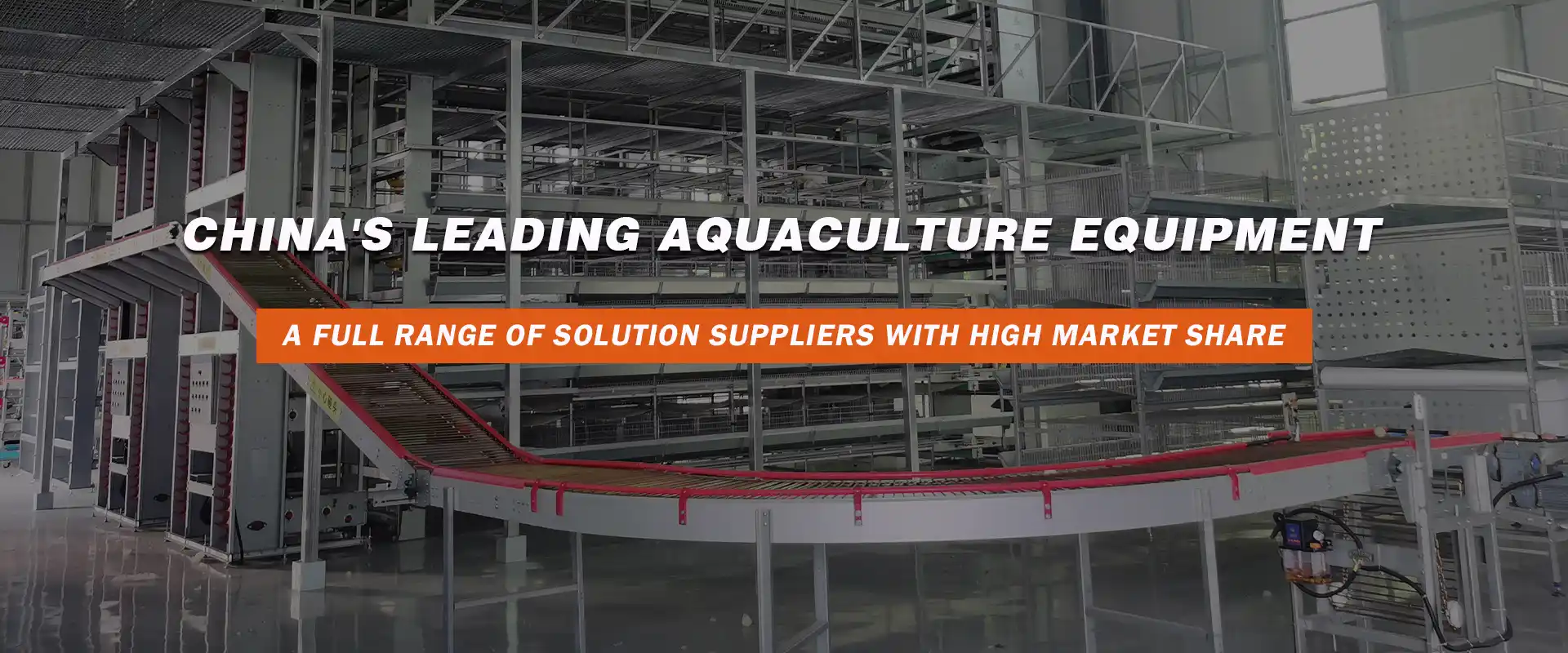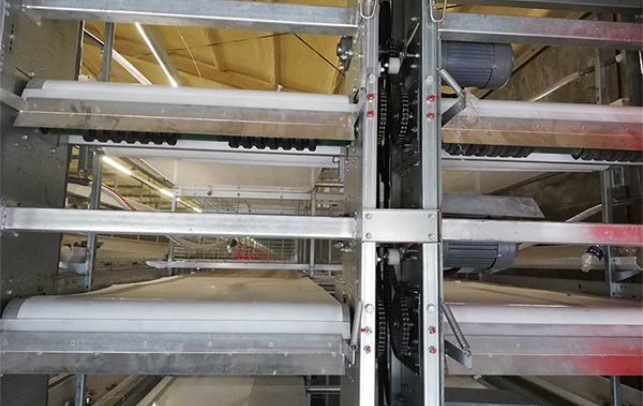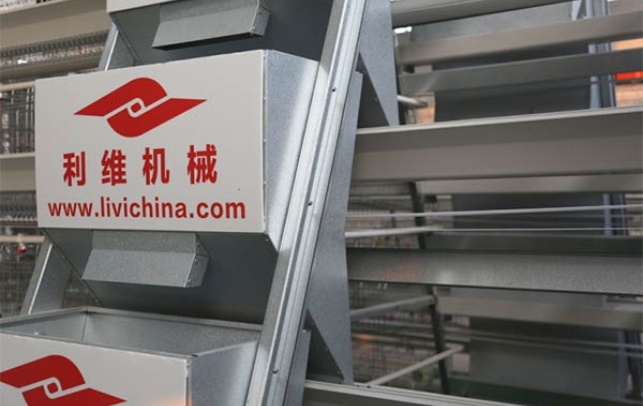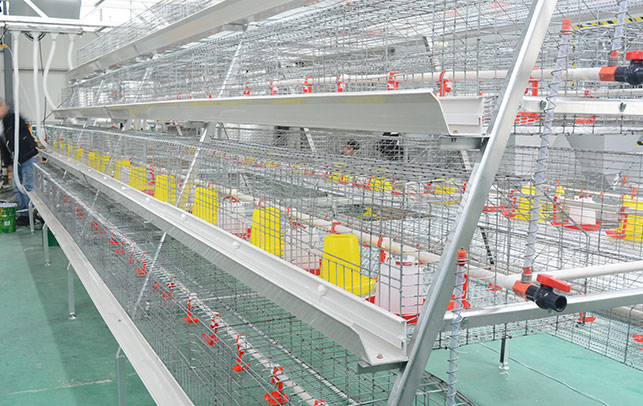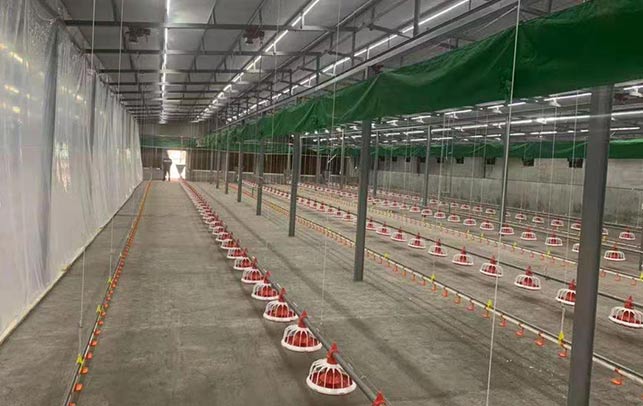Poultry Farm Construction and Design Guide
Time : 2025-03-26
Welcome to the comprehensive guide on poultry farm construction and design. Whether you are planning to build a new poultry farm or improve the existing one, this guide will provide you with essential information to ensure a successful and efficient poultry farming operation.
Introduction to Poultry Farming
Poultry farming is an essential sector of the agricultural industry, providing a significant source of protein for the global population. With the increasing demand for poultry products, the importance of proper farm construction and design cannot be overstated. This guide aims to assist farmers and farm designers in creating an optimal environment for poultry production.
Location and Climate Considerations
The choice of location for your poultry farm is critical. Ideal sites are usually in rural areas, away from residential zones to minimize noise and odor issues. Here are some key factors to consider when selecting a location:
- Climate: Poultry farms should be built in regions with a moderate climate, avoiding extreme heat or cold. Temperatures should be controlled within the range that is comfortable for the birds, typically between 60-70°F (15-21°C).
- Accessibility: Easy access to transportation, water sources, and markets is crucial for efficient operation.
- Topography: The site should be flat and well-drained to prevent flooding and mud accumulation.
- Air Quality: The air should be free from contaminants that could harm the birds or affect their growth.
Designing the Farm Layout
The layout of your poultry farm is vital for optimal efficiency and biosecurity. Here are some key aspects to consider:
Building Structure
The main buildings in a poultry farm include:
- Housing Buildings: These are the primary structures where the birds are housed. They should be designed to protect the birds from the elements, predators, and disease.
- Manure Management Facilities: Proper manure handling is crucial for the health of the birds and the environment. Facilities for collecting, treating, and disposing of manure should be included in the design.
- Water Supply and Waste Disposal Systems: Adequate water supply and waste disposal systems are essential for the smooth operation of the farm.
- Office and Living Quarters: A comfortable living and office space is necessary for farm managers and staff.
Biosecurity Measures
Biosecurity is a critical component of farm design to prevent the introduction and spread of diseases. This includes:
- Isolation Areas: Separate areas for receiving birds, processing, and waste handling to minimize disease exposure.
- Sanitization Stations: Facilities for disinfecting vehicles and personnel entering the farm.
- Animal Flow Design: Ensuring that the flow of birds and people is from clean to dirty areas to avoid cross-contamination.
Building Materials and Equipment
Selecting the right building materials and equipment is essential for the success of your poultry farm. Consider the following:
- Insulation: Proper insulation helps maintain a constant temperature within the buildings, reducing energy costs.
- Roofing Materials: Durable materials that protect against the elements and provide proper ventilation.
- Ventilation Systems: Efficient ventilation to provide fresh air and remove heat, dust, and odors.
- Feed and Water Systems: Automatic feeding and watering systems that reduce labor costs and improve efficiency.
- Environmental Control Systems: Temperature, humidity, and light control systems to create an optimal environment for the birds.
Operational Efficiency and Sustainability
Designing your poultry farm with efficiency and sustainability in mind can lead to cost savings and a reduced environmental footprint. Consider the following:
- Energy Efficiency: Use energy-efficient lighting, heating, and cooling systems to lower operational costs.
- Renewable Energy Sources: Consider incorporating renewable energy sources, such as solar or wind power, to further reduce energy costs.
- Water Conservation: Implement water-saving technologies and practices to minimize water usage.
- Manure Utilization: Explore alternative uses for manure, such as fertilizer, to reduce waste and improve soil health.
Conclusion
Building and designing a poultry farm is a complex process that requires careful planning and consideration of various factors. By following this guide, you can ensure that your farm is constructed and designed to maximize efficiency, sustainability, and profitability. Remember to consult with experts and professionals throughout the process to address any specific challenges and ensure a successful operation.




